GEWISS Cables and wires
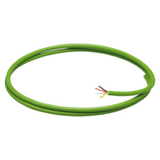
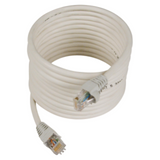

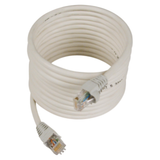
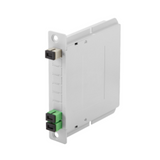



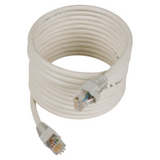
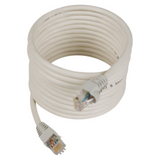
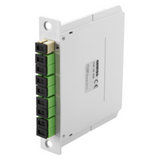


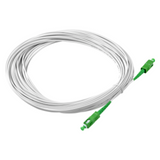
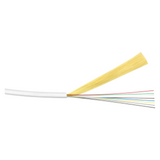


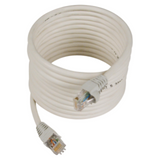


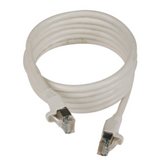
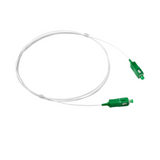

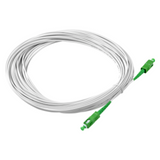
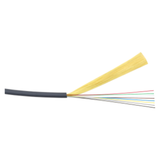
In every installation project—from commercial buildings to industrial plants—the quality of the cable is the often‑overlooked foundation of system reliability. Gewiss cables and wires cover everything from power feeds to instrumentation, so specifying the correct type up front saves future downtime. Having worked in panel rooms and installation sites, I’ve seen how a mismatch in cable type or insulation leads to costly rework. When you choose the right cable now, you don’t return to fix it later.
Electrical Cables & Power Cables – Basic Feed and Distribution
When you’re pulling mains or distribution feeders, you’ll typically use Gewiss electrical cables coupled with the correct cross‑section, insulation and certification. You’ll ask: copper or aluminium conductor, PVC or halogen‑free insulation, single core or multicore, and whether the power cable is for fixed installation or flexible routing.
In practice: for a 400 V three‑phase distribution board I’ve seen installers select a 4×50 mm² copper Gewiss power cable, with XLPE/PVC insulation rated for 90 °C. On large plants you may move to aluminium versions to reduce cost, but you always check the termination compatibility and loop impedance.
With Gewiss you also find outdoor‑rated or armored feeders when the cable runs through tunnels or external utilities—so flexibility in specification helps across project types.
Gewiss Installation Wires & Flexible Cables – For Control and Wiring Systems
Inside panels, control rooms or equipment racks, the need often shifts to smaller section installation wires or flexible cables. That’s where the category of Gewiss installation wires and Gewiss flexible cables comes into play. Panels that combine automation and distribution usually demand multicore flex, often with screen or shield, and clarity in marking.
You’ll typically pick a flexible copper conductor with PVC or halogen‑free insulation, stranded for ease of termination, used for servo drives, control circuits and lighting distribution. The installer appreciates when all cables in a panel share a consistent brand like Gewiss—so stocking, labeling and spares become simpler.
Low Voltage Cables, Control Cables & Instrumentation Cables – Precision Wiring
For tasks involving sensors, instrumentation, building‑automation or SCADA signals, you often turn to Gewiss low voltage cables, control cables or Gewiss instrumentation cables. Here the priorities shift: low capacitance, good screening, insulation rated for control‑panel environment and perhaps flame or fire resistance depending on the spec.
From my experience, the correct cable for an instrumentation run avoids interference from adjacent power cables, withstands panel heat and still terminates cleanly after years of service. When procurement teams compare offerings they look at cable standard (IEC/EN), conductor material, insulation thickness, shield coverage and overall flexibility for routing behind packed panels.
Gewiss Copper Cables, Aluminium Cables & Halogen‑Free Cables – Material and Safety Choices
Deciding between copper or aluminium conductors is part of budget and performance decisions. Gewiss copper cables bring lower resistance and easier termination; aluminium versions cut cost but require compatible terminations and earth‑checking. For special environments you’ll often specify Gewiss halogen‑free cables—important where fire safety or evacuations matter (for example in public buildings or tunnels).
In practice: an engineer specifying cables for a parking garage might choose halogen‑free PVC/LSZH insulation from Gewiss so that in a fire event the cable does not emit dense smoke or corrosive gases. That’s not a decorative choice—it’s a specification issue.
Outdoor Cables, Armored Cables & Cable Accessories – Industrial Environments
When cables leave the panel and run underground, outdoors or through harsh environments, you need appropriate spec: Gewiss outdoor cables, Gewiss armored cables, and accessory systems that maintain compatibility (junction boxes, glands, mechanical protection).
In the field I’ve seen outdoor feeders in logistics hubs, armored cables under conveyor systems, and the final terminations done with accessories designed for the cable brand—less risk of mismatches, less labour time, cleaner documentation.
Procurement Insights – Wholesale Buying of Gewiss Cable Systems
For B2B procurement, buying a full cable run from Gewiss means checking beyond just length and cross‑section. Key buying logic includes:
- Conductor material (copper vs aluminium), insulation type (PVC, XLPE, LSZH) and armouring status.
- Certification and compliance: make sure cables meet relevant IEC/EN standards and installation requirements.
- Packing and delivery: cables often ship in drums or coils; lead time matters for site readiness.
- Branding consistency: using the same brand (Gewiss) for feeders, control cables, instrumentation simplifies stocking, spares and documentation.
- Application versatility: for example, when a project goes from standard installation to smart building wiring, your stock of Gewiss wires already covers both distribution and control layers.
- Stock availability across Europe: because when an installation is delayed by “cable arrives late”, the main build is held up.
Closing Note – European Wholesale Supply
Bank of Lamps supplies the full range of Gewiss cables and wires—from power cables and installation wires to instrumentation and armored solutions. Operating from a central warehouse in Latvia, we deliver to the UK, Germany, Netherlands, Baltics, France, Spain and Belgium. For panel‑builders, contractors and system integrators, we offer reliable stock, bulk packaging flexibility and logistics designed for large‑scale electrical programmes.